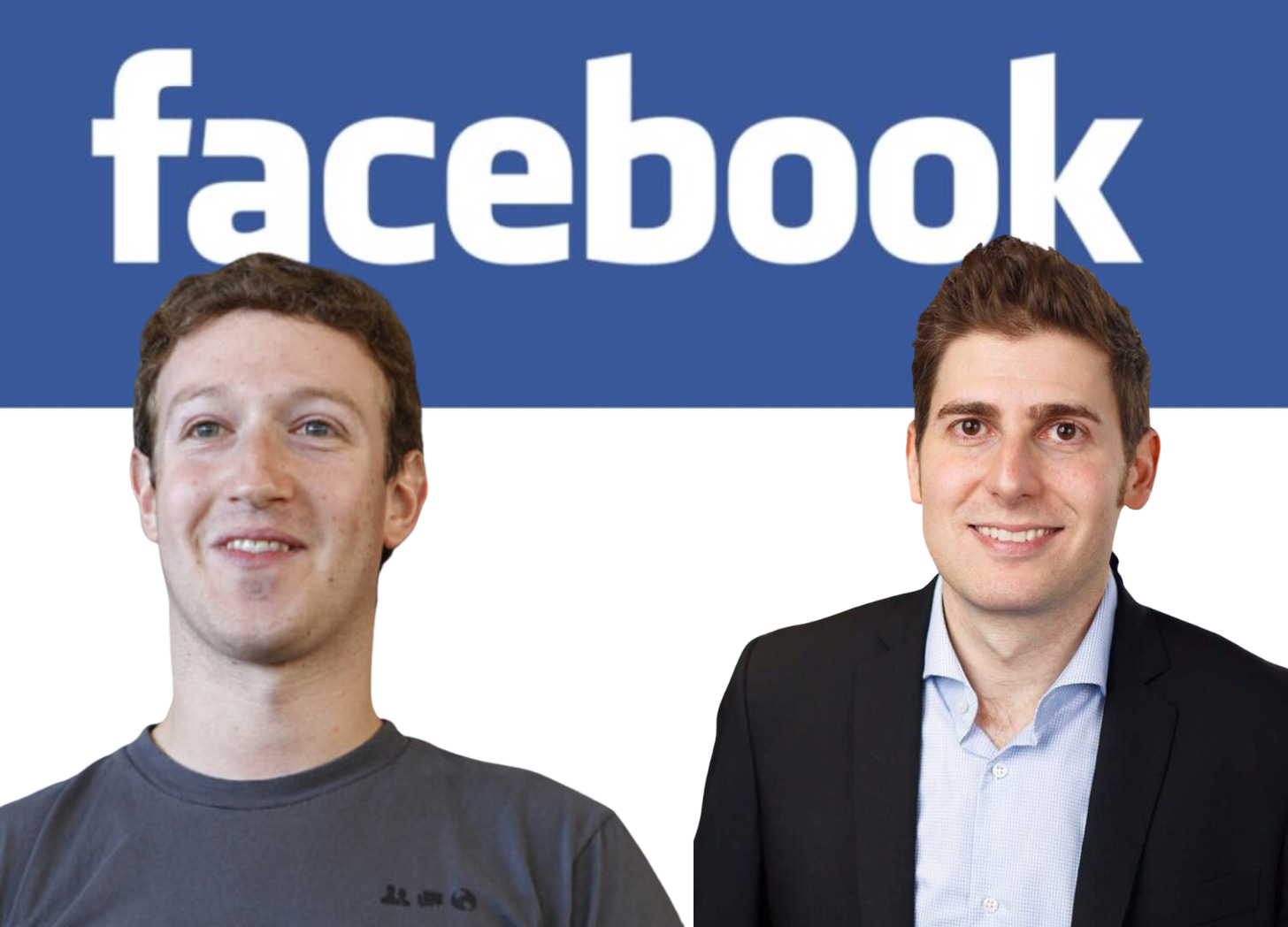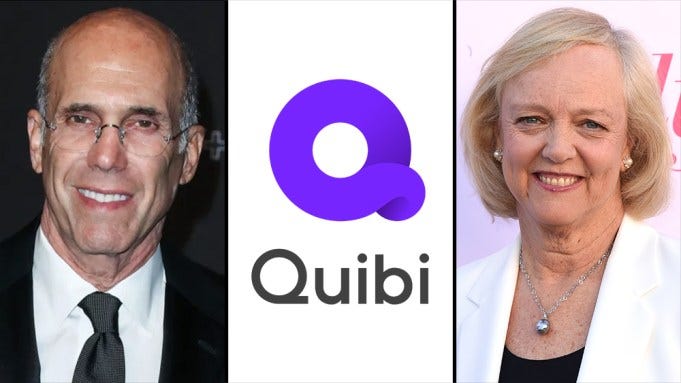Introduction
In Part 1, we saw the fairy tales - WhatsApp sold for $19 billion, and Airbnb’s founders became billionaires. Everyone got rich!
But what happens when things don’t go perfectly? What if a co-founder quits? What if the company fails? What if you can’t sell your shares even though they’re “worth” millions?
Let’s talk about the reality of startup equity - the scenarios nobody mentions at parties, but everyone needs to understand.
Scenario 1:
When a Co-Founder Leaves Early
The Facebook: Eduardo Saverin
Remember Facebook? Let’s talk about what happened to Eduardo Saverin - the co-founder most people have never heard of.
The Beginning (2004):
Mark Zuckerberg started Facebook in his Harvard dorm. Eduardo Saverin, his friend, gave him $15,000 to help start it.
Initial split:
Mark Zuckerberg: 65%
Eduardo Saverin: 30%
Others: 5%
The Problem:
Eduardo was in New York trying to get advertising deals. Mark was in California building Facebook with the team. They started fighting about the company’s direction.
Eduardo wanted to make money from ads right away. Mark wanted to focus on getting more users first.
What Happened:
Mark and the team used something called “vesting” to reduce Eduardo’s ownership from 30% down to about 5%.
What Is Vesting?
Think of vesting like this:
Imagine your parents promise you $100, but they’ll give you $25 every year for four years. If you move away after one year, you only get $25, not the full $100.
Vesting means you don’t get all your equity at once. You earn it over time - usually 4 years.
How Vesting Works in Real Life
Meet Sarah and Tom: They start a company together, 50-50 split.
They agree to 4-year vesting with a 1-year “cliff.”
What’s a cliff?
It means you get NOTHING if you leave in the first year. After one year, you’ve earned 25% of your equity. Then you earn the rest monthly over the next 3 years.
Here’s what happens to Tom in different scenarios:
Tom quits after 11 months:
Tom gets: 0% (he left before the 1-year cliff)
Sarah now owns 100% of the company
Tom quits after 13 months:
Tom gets: 12.5% (he’s earned 25% of his 50%)
Sarah keeps: 87.5%
Tom quits after 2 years:
Tom gets: 25% (he’s earned half of his 50%)
Sarah keeps: 75%
Tom stays all 4 years:
Tom gets: His full 50%
Sarah keeps: Her full 50%
Back to Eduardo’s Story
The Result:
Eduardo’s ownership went from 30% to about 5% because:
He wasn’t showing up and doing the work
He signed agreements with vesting terms
The company diluted him through new investment rounds
At Facebook’s IPO in 2012:
Eduardo’s 5% was worth: $4 billion
If he’d kept his 30%, it would have been worth: $30+ billion
The Lesson:
Eduardo still made $4 billion, which sounds amazing. But he lost out on $26 billion because he left early and wasn’t there doing the work.
Three key takeaways:
Vesting protects everyone - If someone leaves, they don’t keep equity they didn’t earn
You have to show up - You can’t phone it in from another city
Read what you sign - Understand vesting terms before agreeing to them
Scenario 2:
When the Company Fails - Your Equity Becomes Worthless
The Harsh Reality: Most Startups Fail
Here’s what nobody tells you: About 90% of startups fail. Let’s talk about what happens to equity when a company shuts down.
Real Example: Quibi - The $1.75 Billion Disaster
Quibi was a video streaming service started by Jeffrey Katzenberg (a famous Hollywood producer) in 2020.
The Setup:
They raised: $1.75 BILLION from investors
Big names invested: Disney, NBC, Sony
Founder Jeffrey owned: About 20%
Employees owned: About 10%
The Idea:
Short videos designed for watching on your phone. Seemed good on paper.
What Happened:
It completely flopped. Nobody used it. After just 6 months, they shut it down.
Who Gets Paid When a Company Dies?
When Quibi shut down, they sold whatever they could:
Content library: About $100 million
Technology/patents: Maybe $50 million
Total: ~$150 million
But they had raised $1.75 billion! Where did all that money go? They spent it on content, salaries, marketing, and operations.
Here’s the order people get paid:
1. Employees Owed Money (unpaid salaries, severance)
2. Banks and Loans (if any)
3. Investors (they have “liquidation preference” - they get their money back first)
4. Founders and Employees with Equity (whatever’s left... which is usually nothing)
The Math:
Money raised: $1.75 billion
Money left to return: ~$150 million
Investors got back: ~$150 million (lost $1.6 billion)
Jeffrey’s 20% equity: Worth $0
Employee equity: Worth $0
The Lesson:
When a startup fails, your equity is almost always worthless. Investors might get some money back (because they have special protections), but founders and employees usually get zero.
Scenario 3:
When Investors Want Their Money Back
Understanding Liquidation Preferences
Here’s something most people don’t know: When investors give you money, they get special rights. If things go badly, they get their money back before anyone else.
It’s called “liquidation preference.”
Example: A Disappointing Exit
Meet TechStartup Inc.
The Beginning:
Founder Sarah owns: 100% (10 million shares)
Company is worth: basically $0
The Investment (2020):
Investors give: $10 million
Company valued at: $40 million after investment
Investors own: 25%
Sarah owns: 75%
The investors negotiate “1x liquidation preference” - meaning they get their $10 million back first if the company sells.
Three Years Later: The Company Sells
Scenario A: Sells for $60 Million (Good!)
Everyone’s happy because it’s worth more than expected.
How the $60 million gets split:
Investors: 25% of $60M = $15 million ✓
Sarah: 75% of $60M = $45 million ✓
Investors more than doubled their money. Sarah made a fortune.
Scenario B: Sells for $30 Million (Disappointing)
The company is worth less than the $40 million valuation from 2020.
Investors can choose:
Option A: Take their liquidation preference ($10M back)
Option B: Take their ownership percentage (25% of $30M = $7.5M)
They chose Option A ($10M) because it’s more.
How the $30 million gets split:
Investors get their $10 million back first
What’s left: $20 million
Sarah gets: All the remaining $20 million
Not great, but Sarah still made money.
Scenario C: Sells for $8 Million (Bad)
Now it gets painful.
Investors have a right to $10 million, but there’s only $8 million total.
How the $8 million gets split:
Investors: All $8 million (trying to get their money back)
Sarah: $0
Sarah owns 75% of the company but gets NOTHING.
The “Participating Preferred” Nightmare
Some investors negotiate an even better deal called “participating preferred” or “double dipping.”
This means they get their money back PLUS their ownership percentage.
Example:
The company sells for $30 million with participating preferred:
Investors get their $10 million back first
Then investors ALSO get 25% of the total = $7.5 million more
Total for investors: $17.5 million
Sarah gets: $12.5 million
Even though Sarah owns 75%, she gets less than half the money!
The Lesson:
Not all equity is created equal:
Investor shares have special protections
Founder and employee shares don’t
When things go badly, investors get paid first
You can own a large percentage and still get nothing
Before you take investment money, understand:
What’s the liquidation preference? (1x, 2x, 3x?)
Is it participating or non-participating?
At what sale price do you get nothing?
The Bottom Line
Part 1 showed you the dream - WhatsApp and Airbnb made people billionaires.
Part 2 shows you the reality:
Co-founders can lose most of their equity if they leave early (Eduardo: 30% became 5%)
Most startups fail and equity becomes worthless (Quibi: $1.75B to $0)
You can’t sell private shares even if they’re “worth” millions (Jennifer: $2.5M on paper, $0 in bank)
Investors get paid first when things go badly (Sarah: Owned 75%, got $0)
But here’s the thing:
Even knowing all this, startup equity can still create life-changing wealth.
Eduardo Saverin still made $4 billion after getting diluted.
Airbnb employees who joined early became millionaires.
WhatsApp’s early employees made fortunes.
The key is understanding the risks and not betting your entire financial future on equity that might never become real money.
The Smart Approach:
Take a fair salary you can live on
Treat equity as a lottery ticket that might pay off
Don’t count it as wealth until you can sell it
Protect yourself with vesting and good terms
Have savings and a backup plan
Because sometimes equity becomes worth billions (Part 1).
And sometimes it becomes worth nothing (Part 2).
And you need to be prepared for either outcome.
That’s the real story of startup equity.




